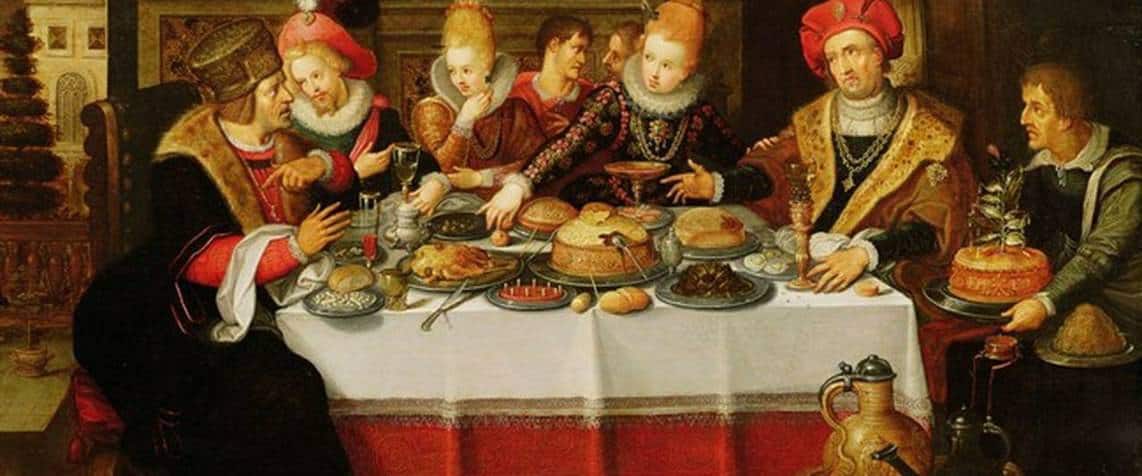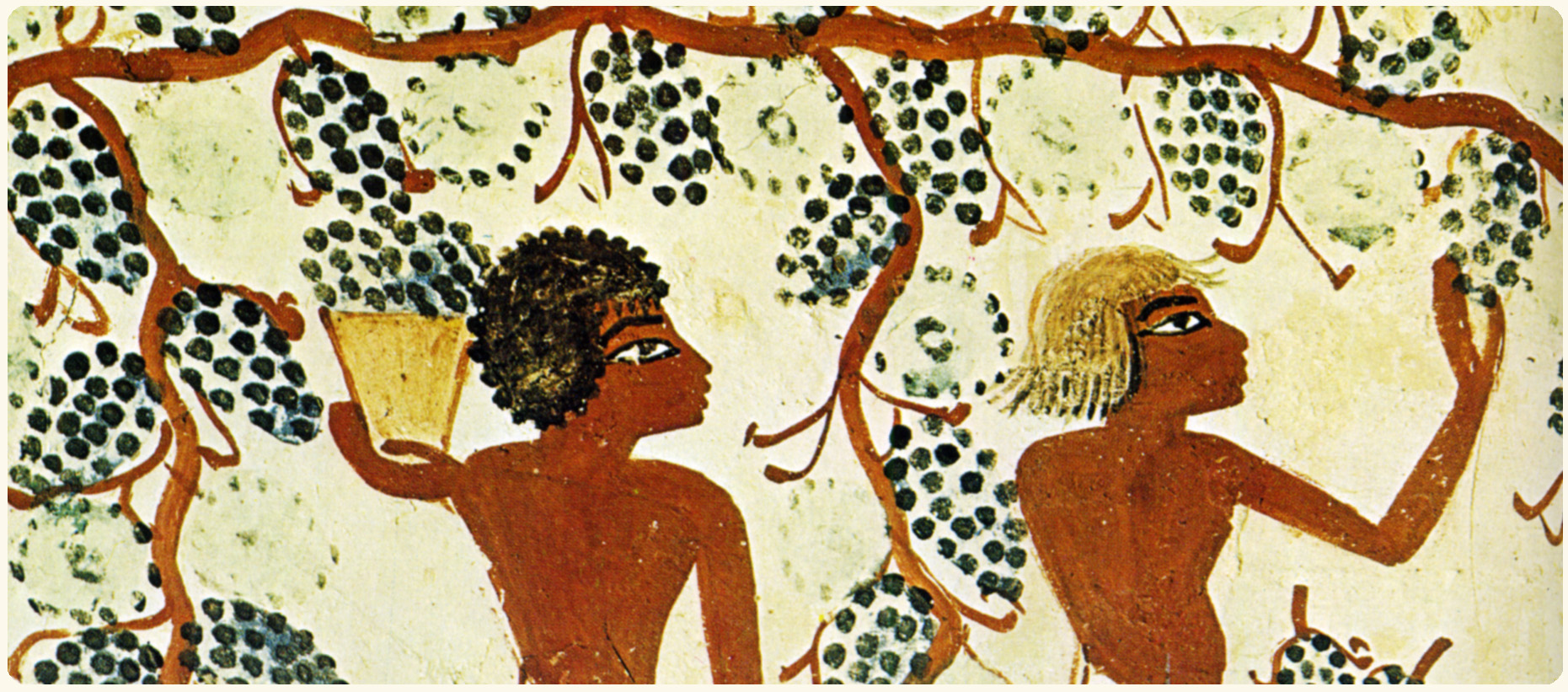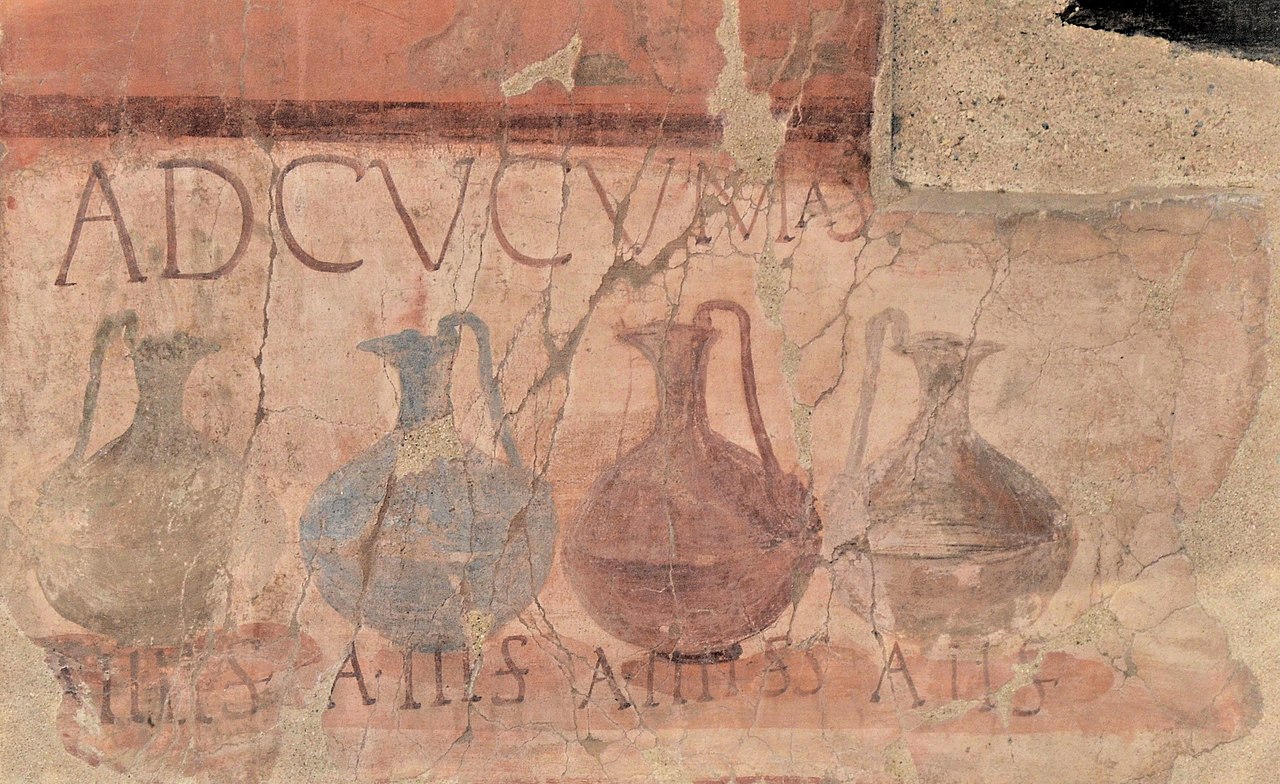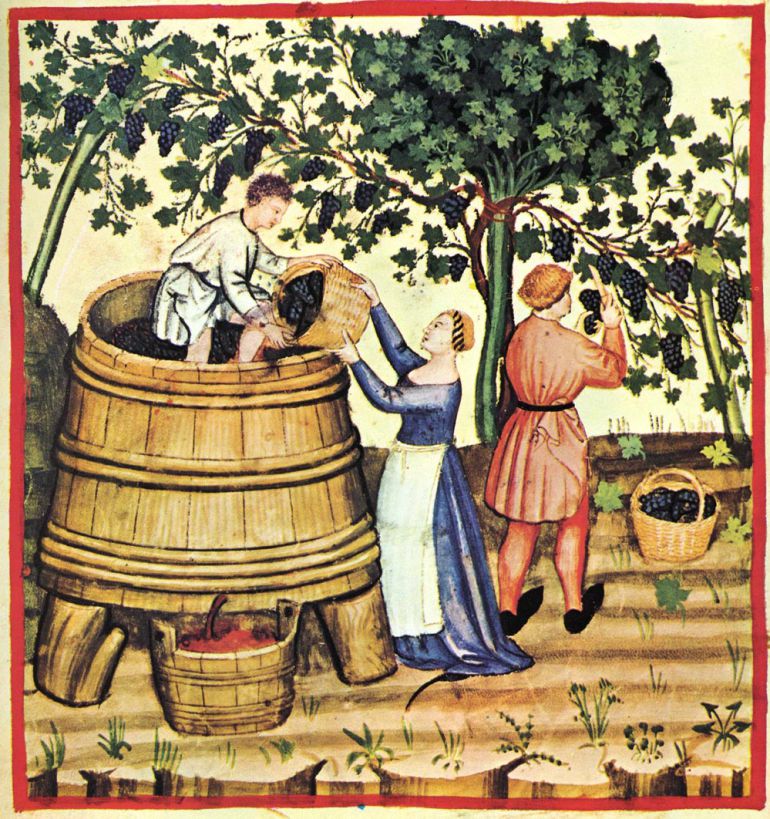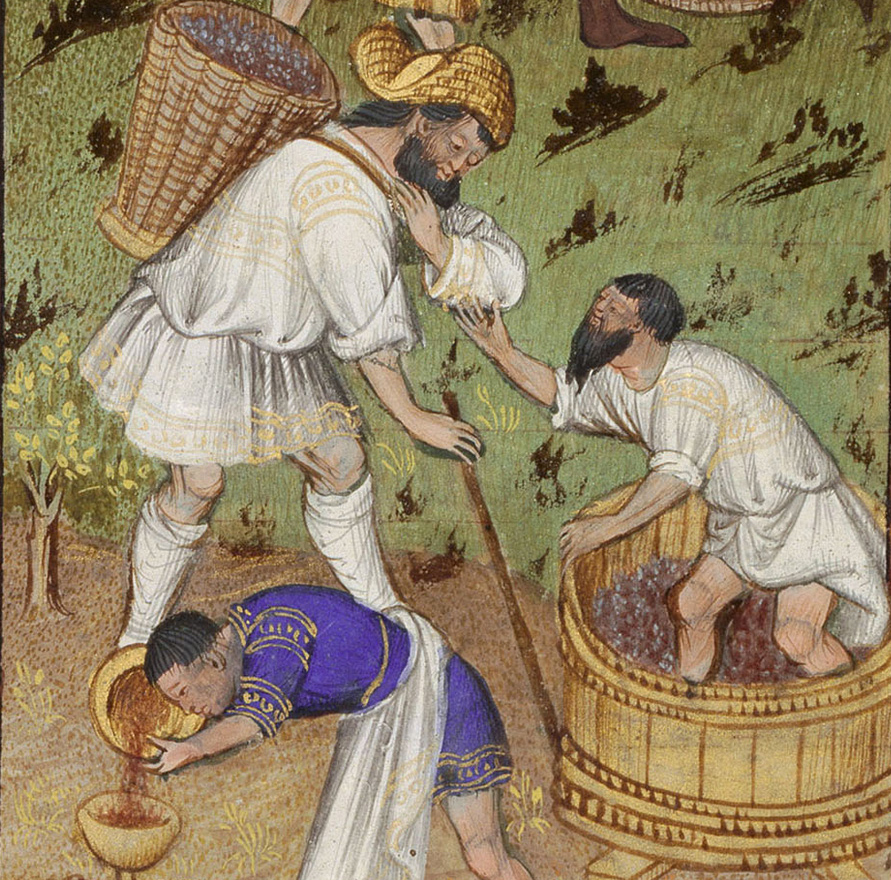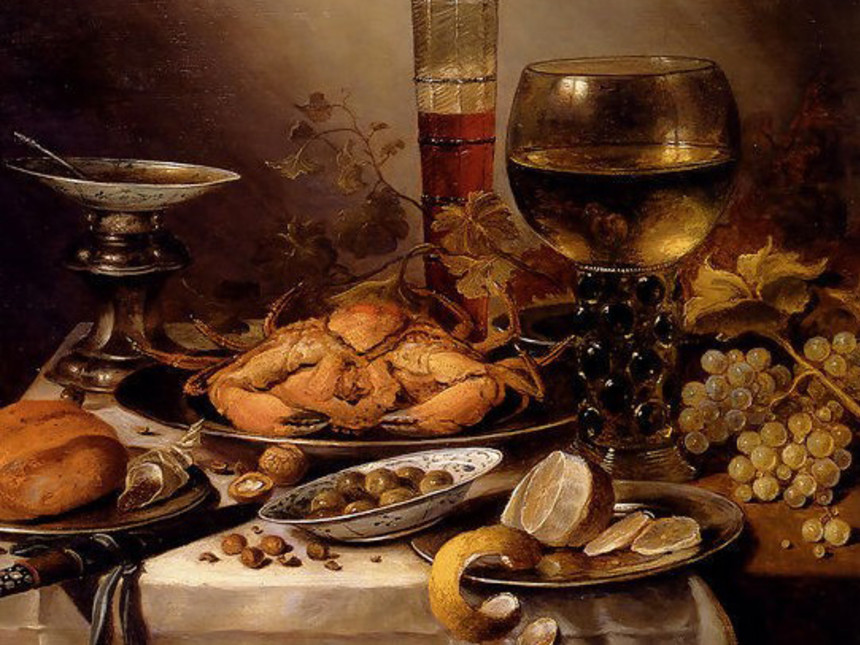Italians are masters at their craft – a craft passionately and painstakingly pursued. Here, viticulture runs in the blood and winemaking is an extension of the soul. Yet, the history of Italian wine is one that has passed through many centuries and many lands.
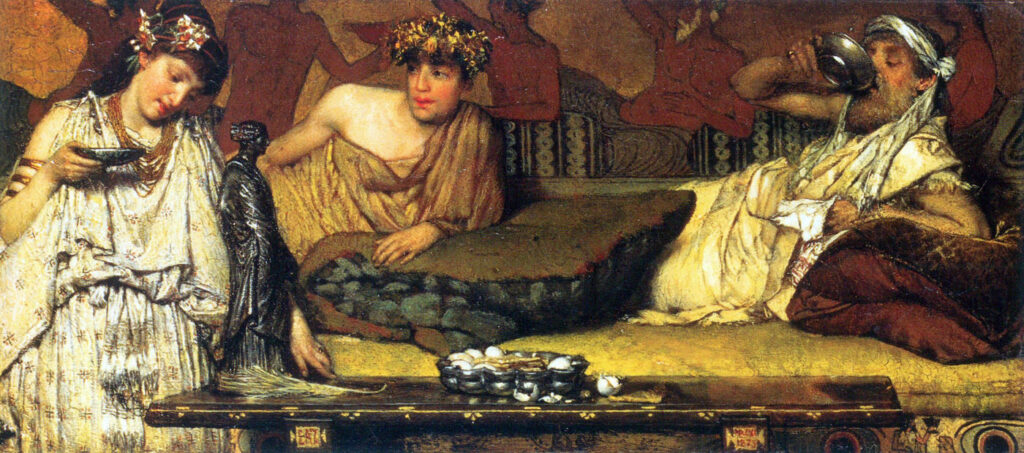
Italy and wine – two words that go hand in hand. One of the most revered wine destinations in the world, it is a cornucopia of flavors with its vibrant ruby reds bursting with fruity character, its deep intense garnets brimming with notes of clove or cedar, and its crisp sparkling whites dancing on the tongue evoking pops of pear and lemon or biscuit and cream.
From the snow-sprinkled mountains of the north to the sun-drenched slopes of the south, along lakes and coastlines, rolling over unending hillsides or tucked away behind the ancient stone walls of a tiny town – Italy’s heart beats wine.
Italians are masters at their craft – a craft passionately and painstakingly pursued. Here, viticulture runs in the blood, winemaking is an extension of the soul, and a sip is a smile on the lips.
It is the result of time and love and patience for a practice and a passion that has taken hundreds of years to perfect. In this country winemaking is an art that has been honed over centuries, and the tale of how vino became a story Italiano is one to which we must look back thousands of years.
Tracing the History of Italian Wine
Italy’s romance with wine traces back several millennia. The land’s rich soils, warm climate, varied elevations, and many ports made it an ideal location for both the production and commerce of wines. Archaeological finds have offered up numerous examples of the history of wine in Italy.
Analysis of ancient grape seeds showed that vines grown for wine first appeared on the peninsula between 1300-1100 BC, while a careful study of an ancient wine press found in the 1990s on the island of Sardegna provided samples of a wine deposit that was over 3000 years old.
However, a more recent discovery of five copper storage jars dating back to the fourth millennium BC found in a cave on Monte Kronio in Sicily suggests that wine production in the area most likely began much earlier than had been previously believed. The fact that the site was used as a place for cult and religious practices from the time of prehistory means that the jars most likely contained offerings to the gods.
After analyzing the organic residue inside, researchers noted traces of tartaric acid and its salt, molecules that develop as a result of the fermentation of grapes, – an indication that the history of Italian wine actually began over 6000 years ago.
A History of Wine’s Journey to Italian Shores
Yet, as masterful as the Italians have become at making wine, they were not its inventors. The journey of wine to the shores of Italy passed through many centuries and many lands.
The first production of wine dates back to around 7000 BC in China when honey and fruit were fermented into an alcoholic drink. From there the technique spread to Georgia around 6000 BC, and then to Persia around 5000 BC where grapes were first used to create this fermented beverage. Wine was also enjoyed in ancient Egypt, the first culture to label their jugs with the year and name of the winemaker. In Greece, where production flourished, it was believed that wine was the creation of Dionysus, the god of wine, merriment, and theatre.
So, who brought wine to the Italian peninsula? It appears to have first arrived in central Italy with the Etruscans from Asia Minor. Slowly, these clans moved around to the surrounding areas bringing with them their custom for making fermented grape drink.
In fact, by the time the Greeks arrived in Southern Italy around 800 BC, with grapevines from their homeland ready to plant, they were quite surprised to find that wine production already existed there. What the Greeks also noted was the climate and terrain – a land so perfectly suited for grape-growing that they called it Oenotria or The Land of Wine. A testament to the history of Italian wine.
Yet the culture of vine growing that the Greeks found was anything but organized. Vines were being planted without much thought or method and the cultivation was limited. So, it is to the Greeks that the establishment of true viticulture in Italy can be attributed. They shared their knowledge and techniques, including the grape press, forever changing vine cultivation in Italy.
The History of Italian Wine and the Ancient Romans
Under the Romans, wine production flourished even further. In truth, they were somewhat obsessed.
They refined the grape press and increased yields. They began using trellis systems, started storing wines in wooden barrels to add flavor – aging them for 10 years or even more, set out to understand the effects of climate and terroir, and even commenced with the first classification system for the various types of grapes being grown.
The Romans were also quite commercially oriented and planted many new vineyards close to garrison towns and coastal areas reducing the distance for shipping the wine around the empire.
Viticulture was prohibited outside of the peninsula under Roman law and exports to other areas were often made in exchange for goods and slaves.
Roman wine was much stronger than wine is today, and therefore was usually diluted with water to lower the high alcohol levels. In general, they preferred white wines and sweet wines and would add flavors such as salt, herbs, honey, and even chalk.
The largest wine-producing area was in Falernia near present-day Naples.
The boom in Roman winemaking and consumption continued to grow with such fervor that by 92 AD Emperor Domitian had to call for the destruction of a number of vineyards to have enough terrain to produce food.
The History of Italian Wine from the Dark Ages to the Present
By the time the Roman Empire fell, production had spread to other areas around Europe, but on the Italian peninsula, the appeal of wine began to decline, becoming an interest largely of the Roman Catholic church and Christian monks who used the wine for ceremonial practices.
The clergy sought to create wines that were more palatable and refined and in doing so gave rise to modern-day wine tastes which spread throughout Italy, France, and Spain, eventually arriving in the New World.
It wasn’t until the Renaissance that wine regained popularity – a success that lasted until the 19th century when many of the most prestigious vineyards in Italy and the rest of Europe were destroyed by the vine louse phylloxera.
Using grafting techniques, the vines were eventually replanted but the focus moved to quantity rather than quality and Italy found itself as an international producer of wines that were generally inexpensive table wines.
Finally, in the early 1960s Italian authorities decided to restore the country’s wine production to one of quality and prestige through the introduction of a series of regulations and laws regarding vineyard management, production methods, quality controls, and labeling laws.
The first system of wine classification was put in place in 1963 and from there Italy began its ascent to become the renowned producer of esteemed wines that it is today and the largest exporter of wine in the world.
By Liana Bicchieri

